About the Author

R.W. Harper
Author, Producer, Researcher ... in no particular order.
R.W. Harper is a writer with a background in biology and history. Growing up in a haunted house in rural Alabama and along the Gulf Coast, he spent considerable time exploring swamps, forests, and coastal areas, developing an early interest in nature, local folklore, and unexplained phenomena. His service in the U.S. Navy exposed him to different cultures and perspectives, which sparked an interest in world traditions and storytelling.
Following his military service, Harper studied biology, chemistry, geology, anthropology, folklore, and history. This varied background helps him look at cryptid stories and folklore from different angles—considering the natural environment, cultural context, and historical documentation. He has written about fish and their natural history, focusing on ichthyology and aquatic ecosystems.
Harper's travels have taken him to various historical and archaeological sites—from Tiwanaku and Puma Punku in Bolivia to Mayan ruins in Mexico and Guatemala, and medieval locations across Europe. These experiences have given him opportunities to observe how different cultures preserve their histories and how local environments influence regional folklore.
Born into a family of storytellers, Harper has always appreciated how narratives preserve local history and cultural beliefs. He approaches cryptid stories and folklore with curiosity and respect for their cultural significance, trying to balance what we can observe and document with understanding why these stories matter to communities.
As a software developer for over thirty years, Harper has worked in web development and video game design. This technical background provides useful tools for organizing research and analyzing patterns. Beyond his technology work, Harper actively participates in scientific study programs focused on fish and reptile research, contributing to ongoing natural history documentation and field studies.
Harper is a member of MUFON (Mutual UFO Network) and participates in paranormal research with various organizations throughout the Eastern and Southern United States. This involvement in investigating unexplained phenomena complements his cryptozoology interests, providing additional perspectives on how people experience and report unusual encounters across different contexts.
Currently based in Raleigh, North Carolina, Harper balances his work in software development with active participation in scientific study programs and field research. Through his books and articles, he hopes to share interesting stories about cryptids and folklore while exploring what these tales reveal about human culture and our relationship with the natural world.
Travels & Research
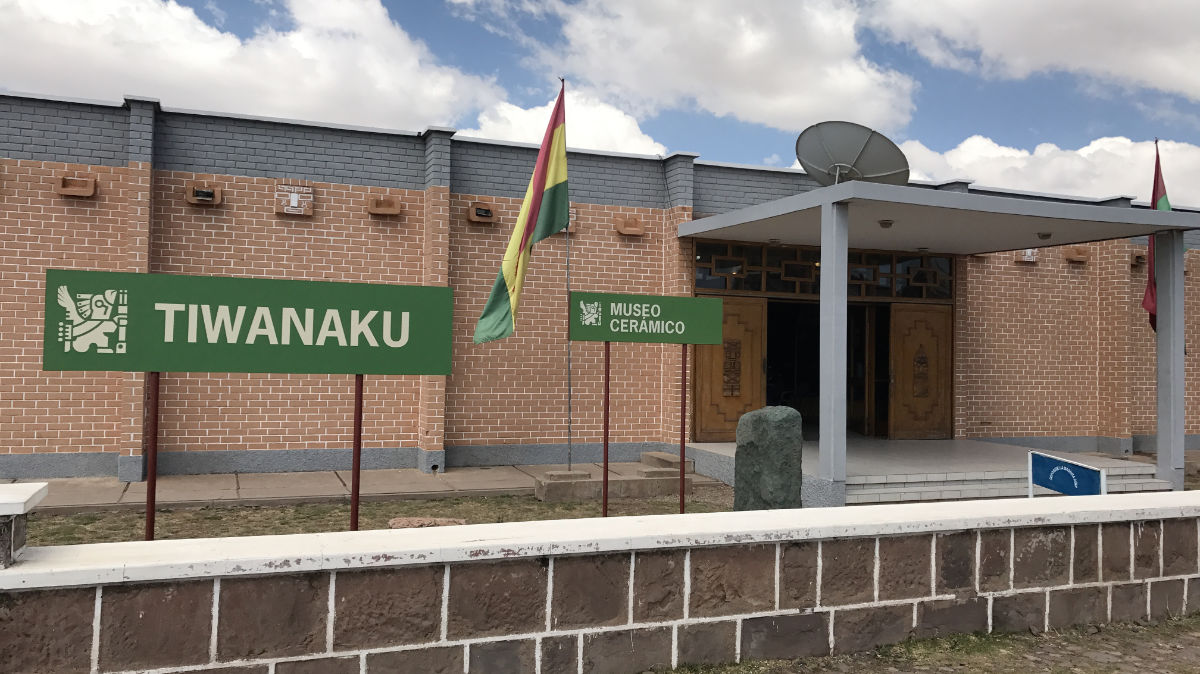
The entrance to the Tiwanaku Ceramic Museum in Bolivia, where visitors can explore artifacts and insights into one of South America's oldest civilizations, a culture often featured in theories about ancient aliens due to its mysterious monuments and advanced stonework.
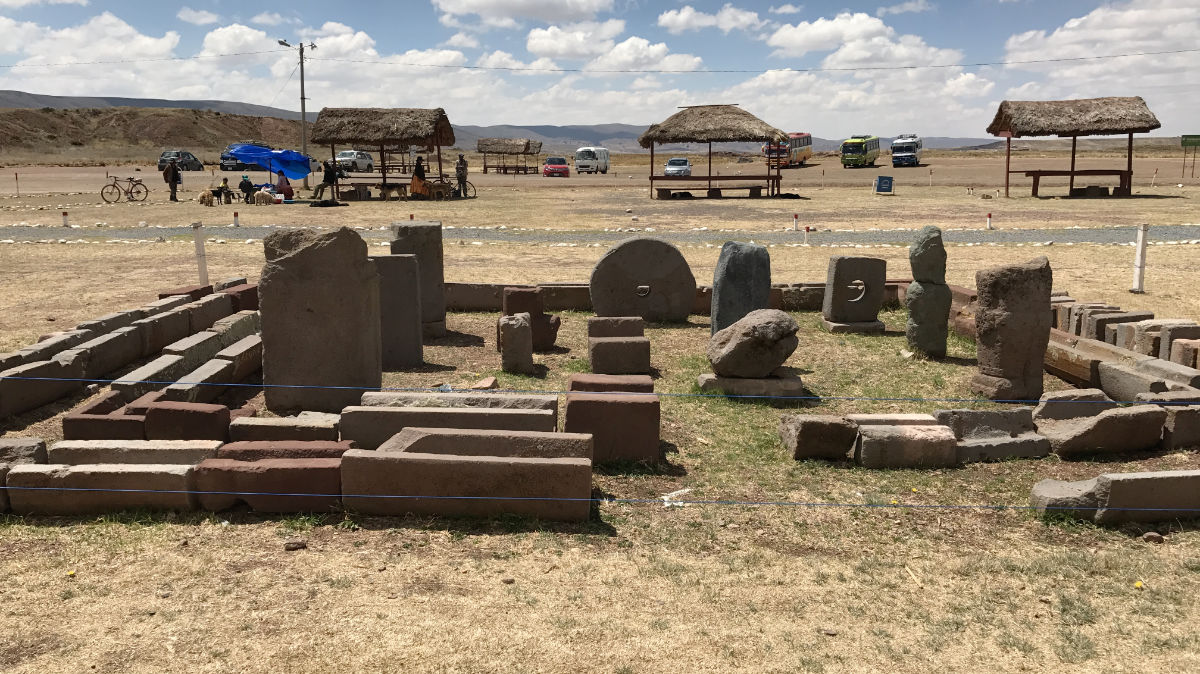
These stones may have been part of larger buildings or monuments, now carefully arranged on display to showcase the craftsmanship and design skills of the Tiwanaku people.
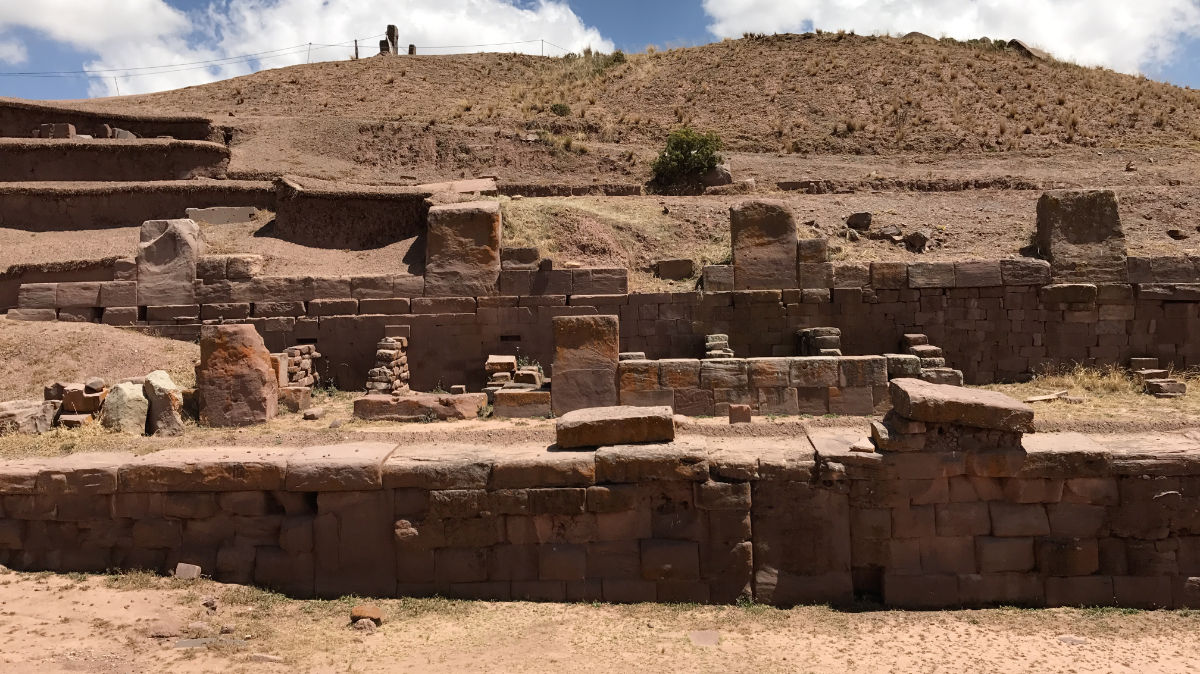
Ancient stone terraces and walls at Tiwanaku, Bolivia, showcasing the precise masonry and architectural skills of the Tiwanaku civilization.
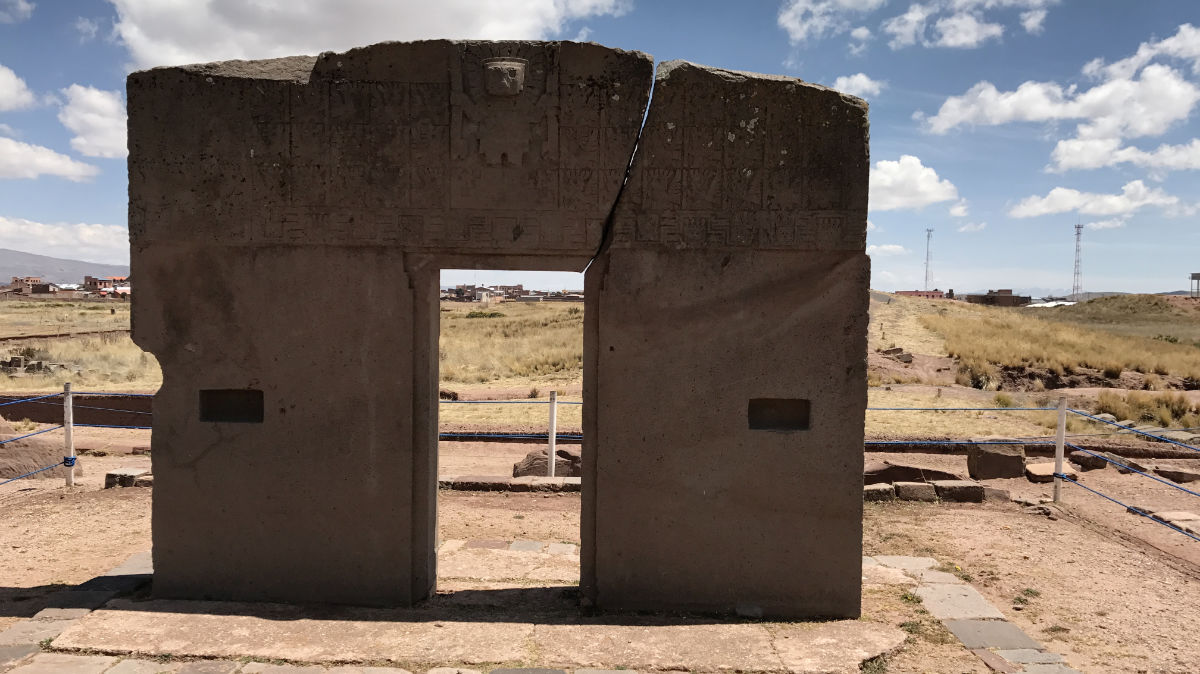
The Gateway of the Sun at Tiwanaku, Bolivia—a massive stone portal carved with intricate symbols and figures, believed to have held spiritual or astronomical significance for the ancient Tiwanaku people.
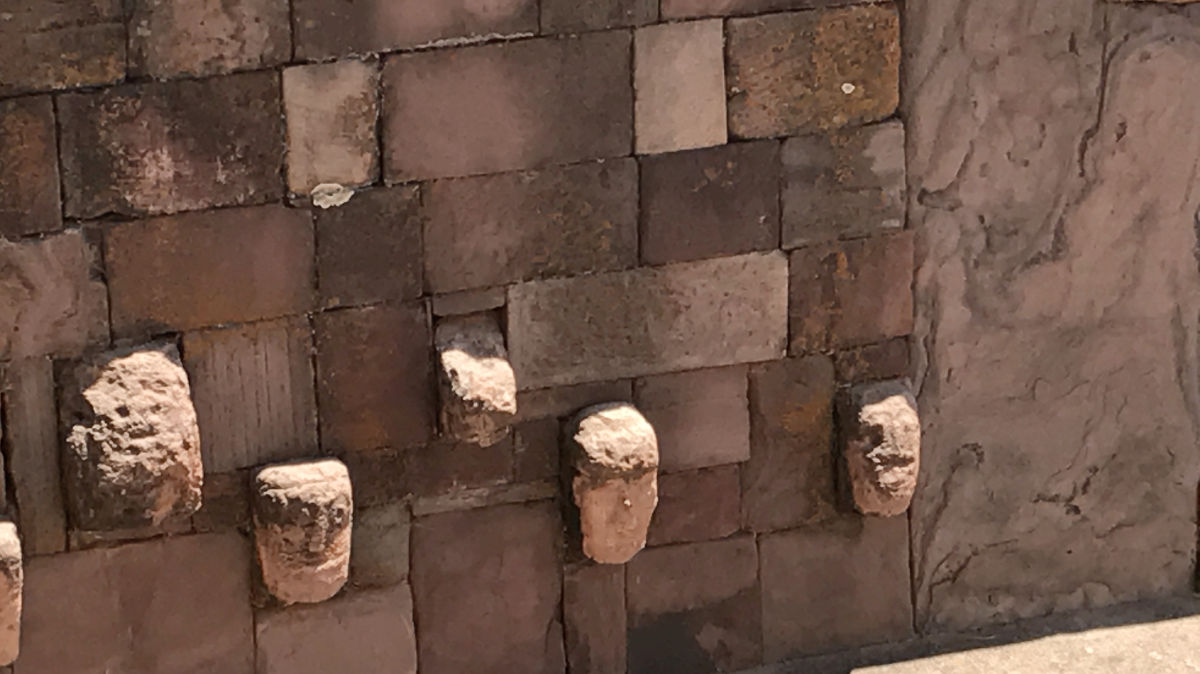
Stone heads set into the wall at Tiwanaku, Bolivia—believed to represent various ancestors or figures significant to the Tiwanaku people, showcasing the distinctive style and spiritual depth of this ancient culture.
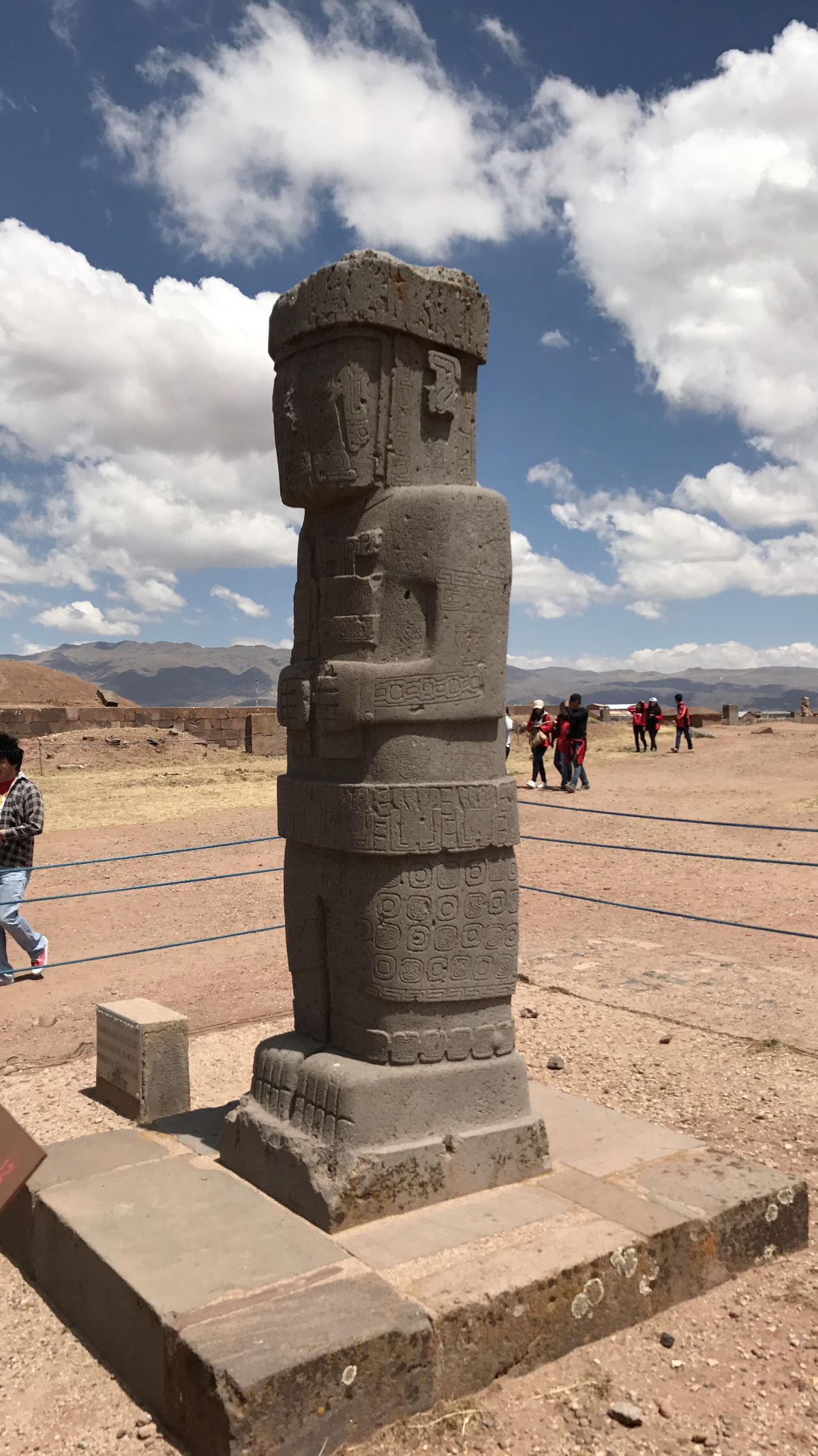
The monolith at Tiwanaku, Bolivia, is estimated to be around 1,000 to 1,800 years old, dating back to the height of the Tiwanaku civilization, which flourished from roughly 200 to 1000 AD.